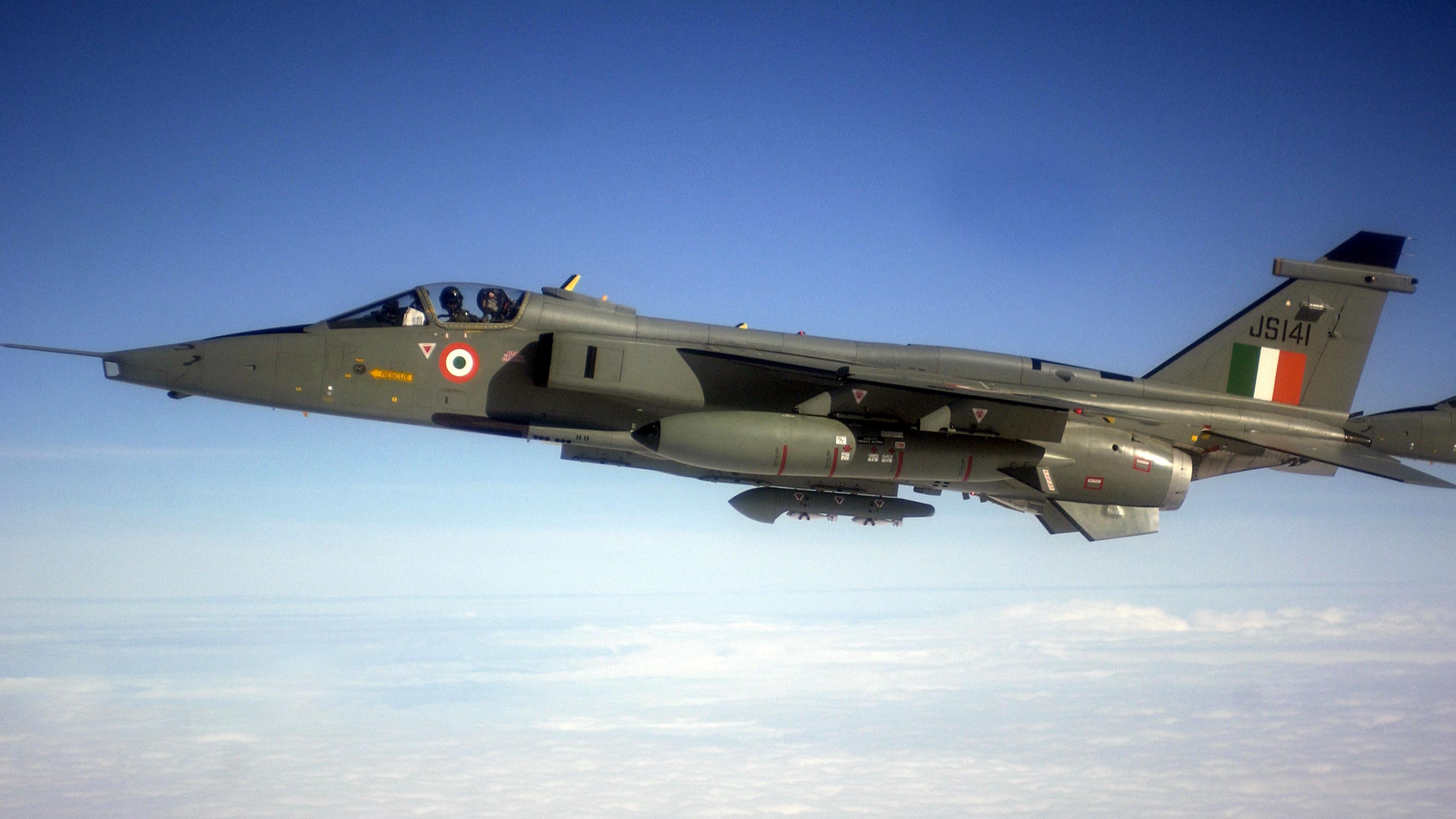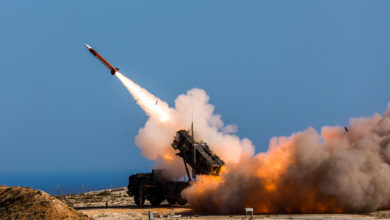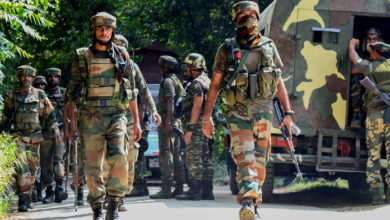India Tests Smart Anti-Airfield Weapon
The Indian Air Force has tested an indigenously-developed smart weapon capable of targeting and destroying enemy airfield assets, including bunkers, radars, and runways.
Conducted at a firing range in Rajasthan on Wednesday, the test marked the second time in a week that the smart anti-airfield weapon demonstrated its capabilities when fired from a Jaguar fighter jet.
During the test, the newly adapted launcher smoothly deployed the weapon from the aircraft, utilizing advanced guidance and navigation algorithms to hit its intended targets from within 100 kilometers (62 miles) with high accuracy.
According to an official familiar with the weapon’s development, the test was significant because it showed the capabilities of the embedded infrared seeker technology and GPS-based navigation and terminal guidance systems that improve the missile’s accuracy.
“The two different configurations based on satellite navigation and electro optical (EO) sensors have been successfully tested. EO seeker-based flight test of this class of bomb was conducted for the first time in the country,” the defense ministry said, as quoted by The Times of India.
Other Developments
Last week, the Indian Air Force and the Defence Research and Development Organisation (DRDO) conducted the first test of a long-range bomb designed to destroy enemy assets at around 100 kilometers (62 miles) away.
Mounted on a Sukhoi-30 warplane, the weapon struck a target using its laser guidance system.
The successful test of the weapon system reportedly will make India capable of staying well within its territory and hitting enemy targets from long range with high accuracy.
“The LRB, after release from the fighter, was guided to a land-based target at a long range with accuracy within specified limits. All the mission objectives were successfully met,” a DRDO official remarked. “The flight of the bomb and the performance was monitored by a number of range sensors including electro-optical tracking systems, telemetry, and radar.”












